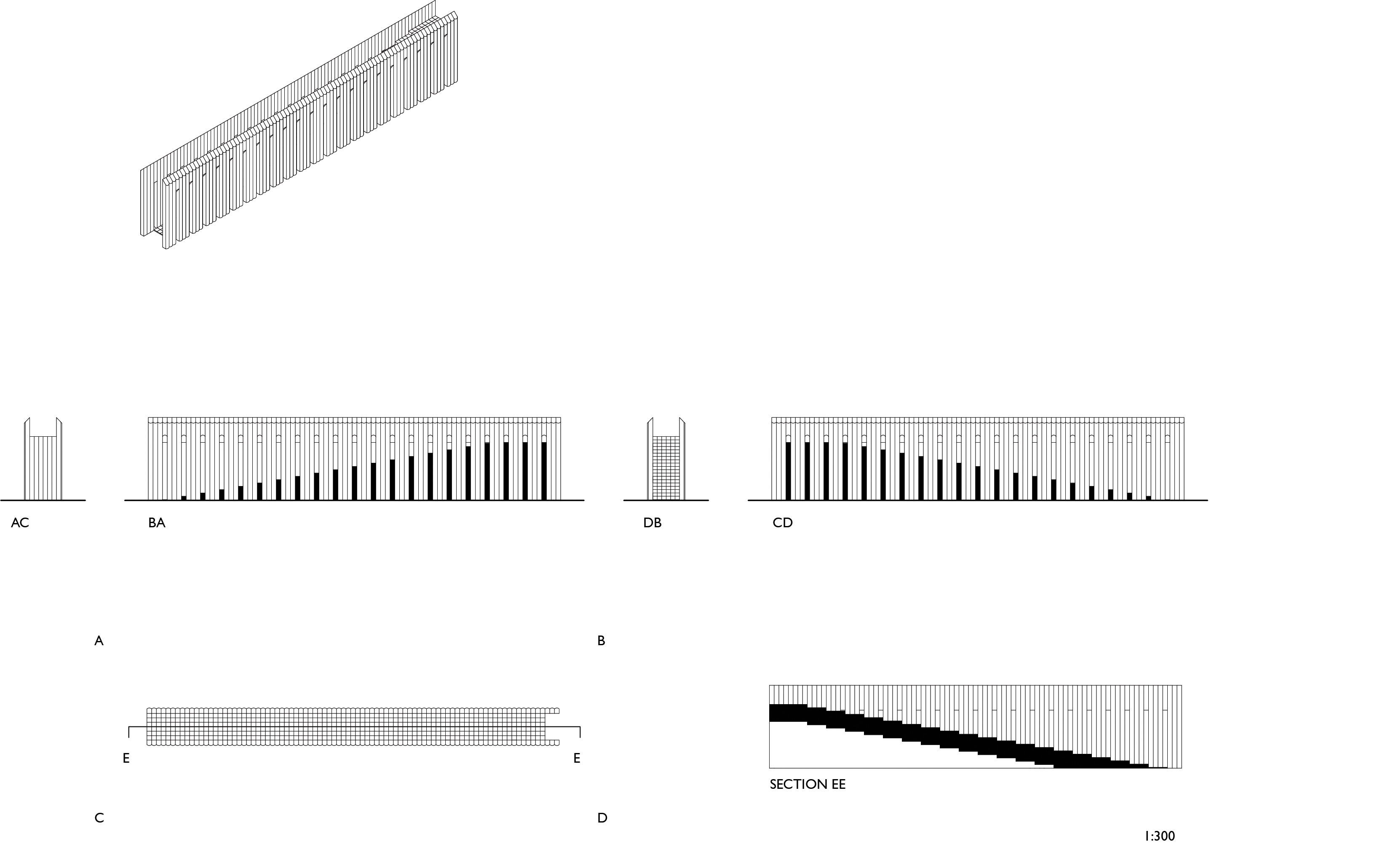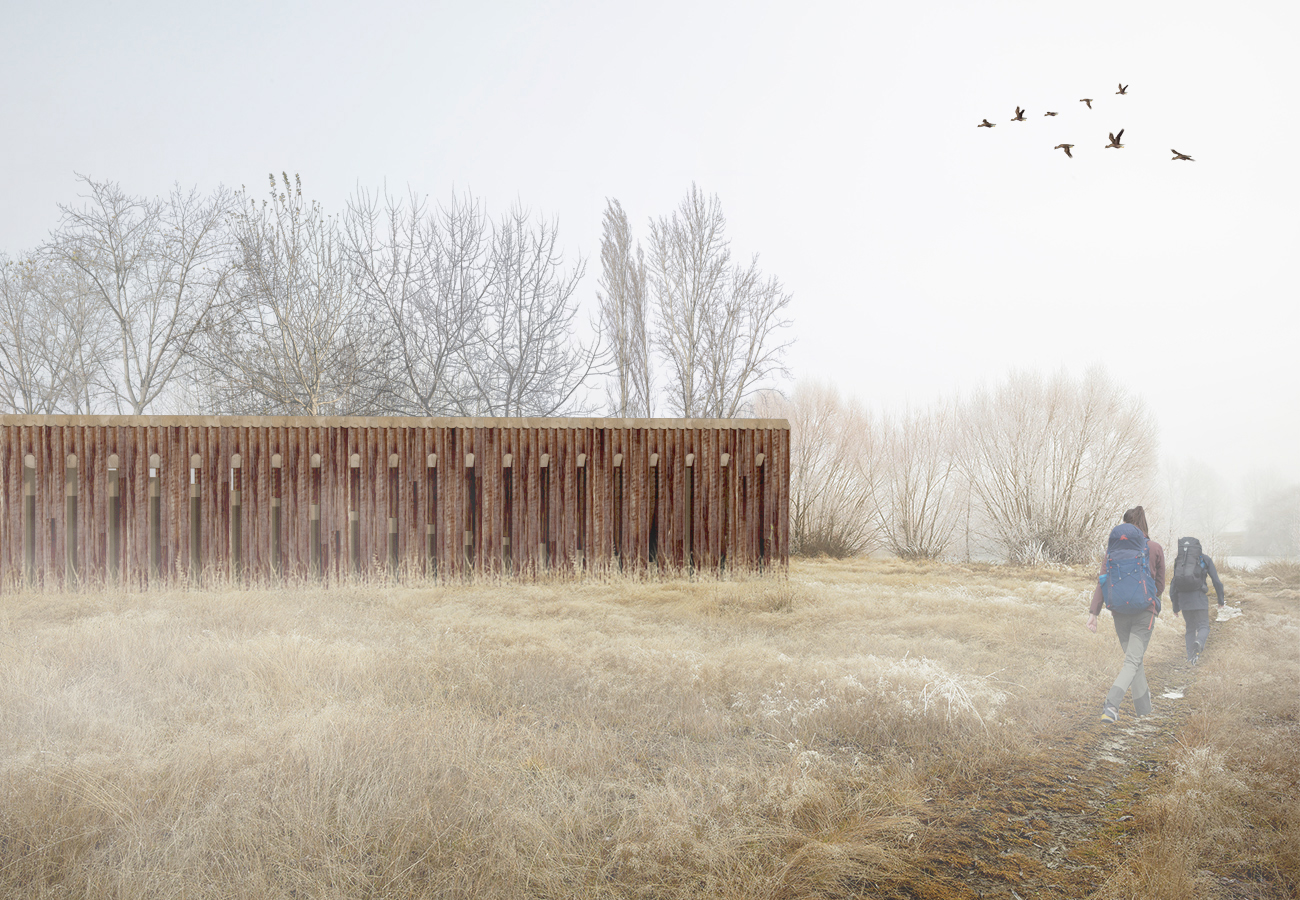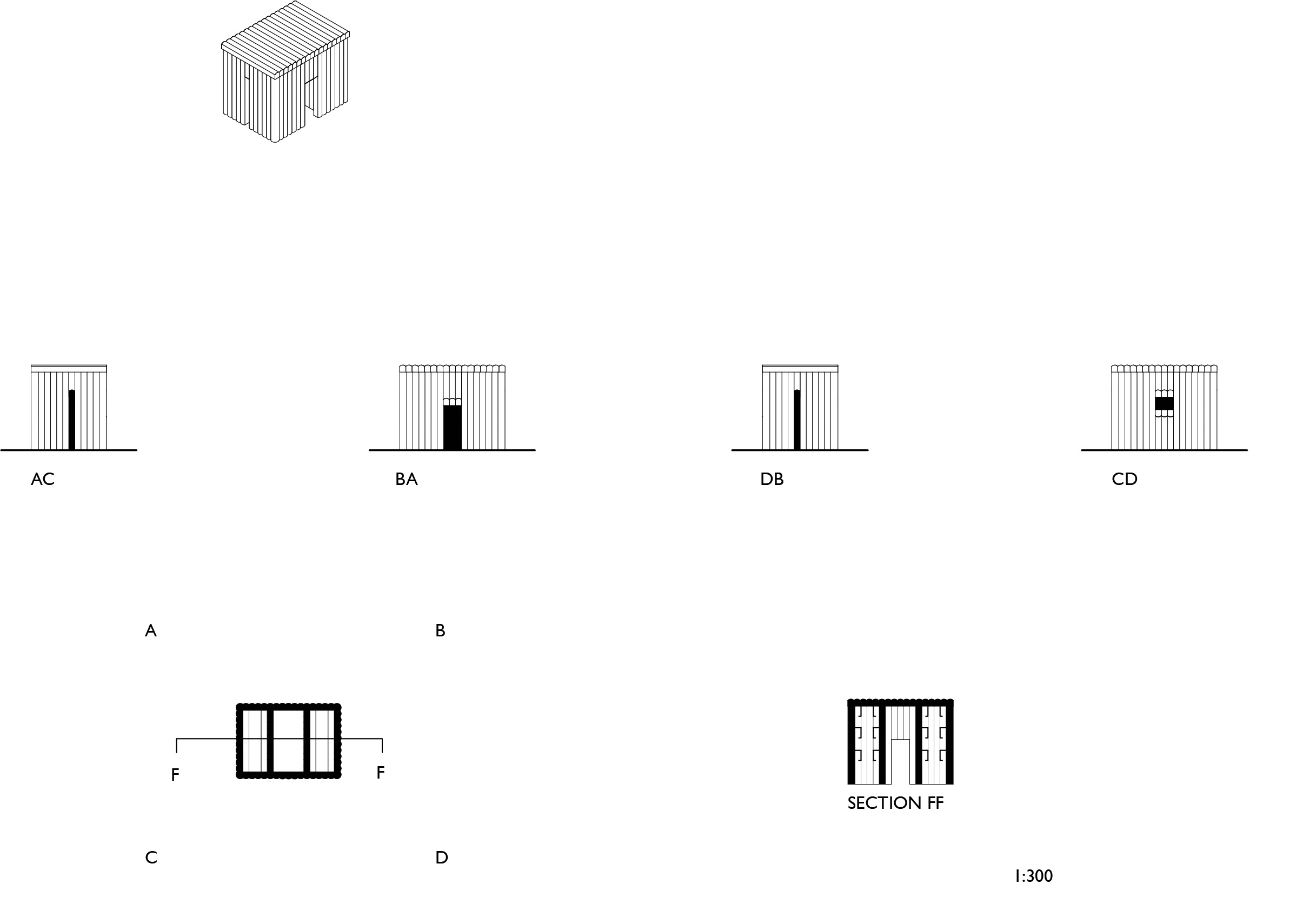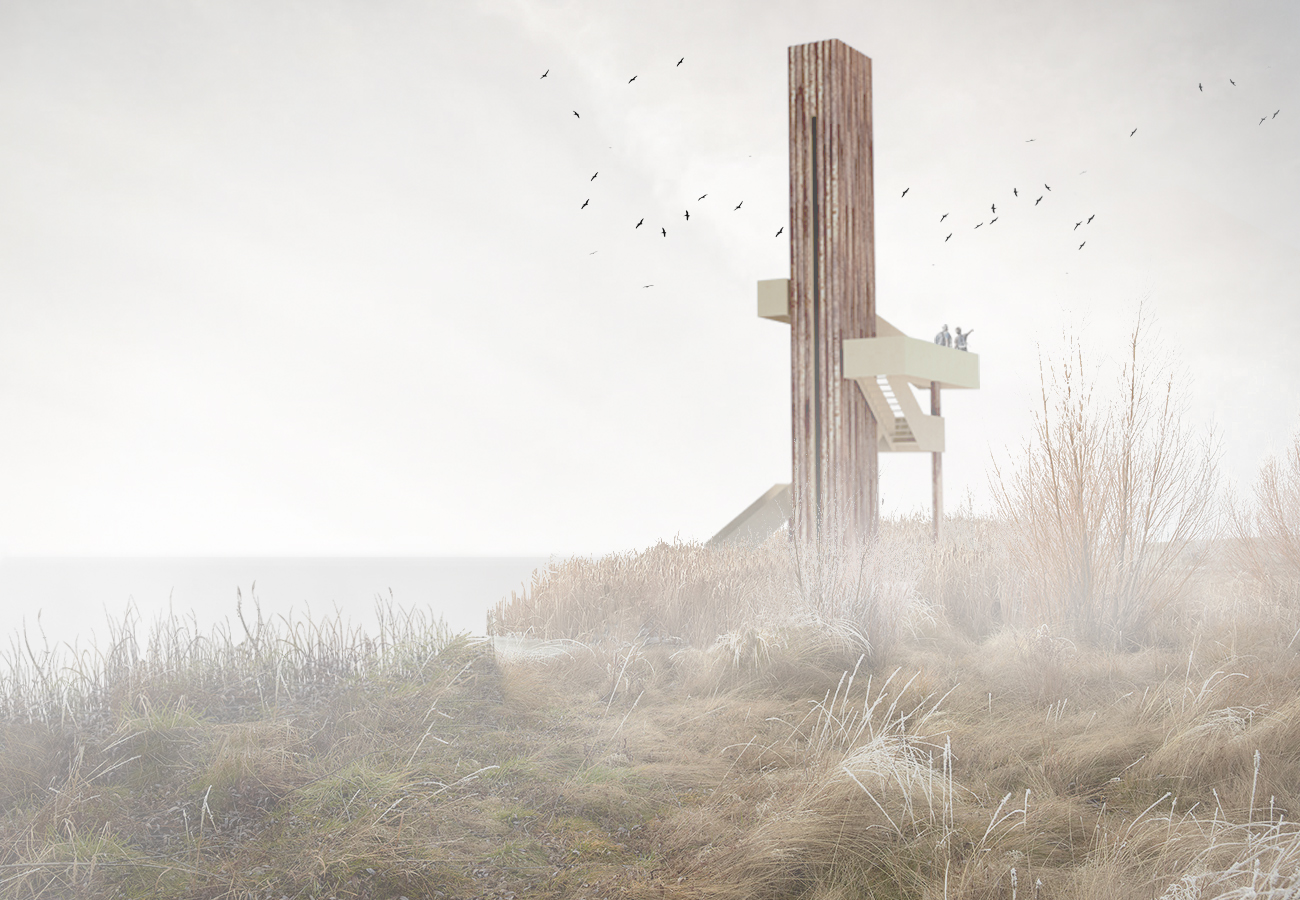
Fourth Nature
The English landscape historian John Dixon Hunt theorizes that nature can be divided into three categories. The first, wilderness (untouched by humans). The second, agricultural and urban development of towns and cities. The third, aesthetically appealing gardens and parks. Wild nature is a rare thing today which hardly doesn’t exist anymore (you could even argue that it doesn’t exist at all). As humans started domesticating plants and animals approximately 10.000 years ago, we entered a new geological age, the Anthropocene. Since then, we have gained more and more control over the planet. We now control 75% off all ice-free land because of industrialization, agriculture, and urban growth. 85% of earths forests has been cleared for human use. It is the home of 80% of all terrestrial biodiversity. Today a fourth nature can be introduced. A nature where wildlife thrives in the footprints of humans.
Torbiere del Sebino is a natural reserve with a background as a peat mining industry. A great example of fourth nature were natures taken over were humans previously exploited it. The project explores possibilities to strengthen the presence of wildlife whilst at the same time inviting humans to take part of it. Architecture is a process that is always both the destruction and remaking of the world. The act of creating architecture, whether it is a monumental structure or a simple dwelling, involves a transformation of the natural environment and a reconfiguration of the relationship between humans and nature. Fourth nature is architecture and wildlife united, a common ground for a future prosperous relationship.
![]()
![]()
![]()
![]()
![]()
![]()
The English landscape historian John Dixon Hunt theorizes that nature can be divided into three categories. The first, wilderness (untouched by humans). The second, agricultural and urban development of towns and cities. The third, aesthetically appealing gardens and parks. Wild nature is a rare thing today which hardly doesn’t exist anymore (you could even argue that it doesn’t exist at all). As humans started domesticating plants and animals approximately 10.000 years ago, we entered a new geological age, the Anthropocene. Since then, we have gained more and more control over the planet. We now control 75% off all ice-free land because of industrialization, agriculture, and urban growth. 85% of earths forests has been cleared for human use. It is the home of 80% of all terrestrial biodiversity. Today a fourth nature can be introduced. A nature where wildlife thrives in the footprints of humans.
Torbiere del Sebino is a natural reserve with a background as a peat mining industry. A great example of fourth nature were natures taken over were humans previously exploited it. The project explores possibilities to strengthen the presence of wildlife whilst at the same time inviting humans to take part of it. Architecture is a process that is always both the destruction and remaking of the world. The act of creating architecture, whether it is a monumental structure or a simple dwelling, involves a transformation of the natural environment and a reconfiguration of the relationship between humans and nature. Fourth nature is architecture and wildlife united, a common ground for a future prosperous relationship.





